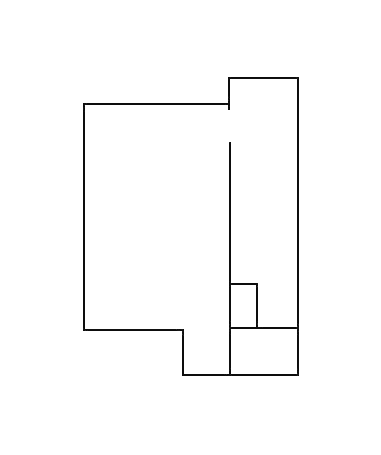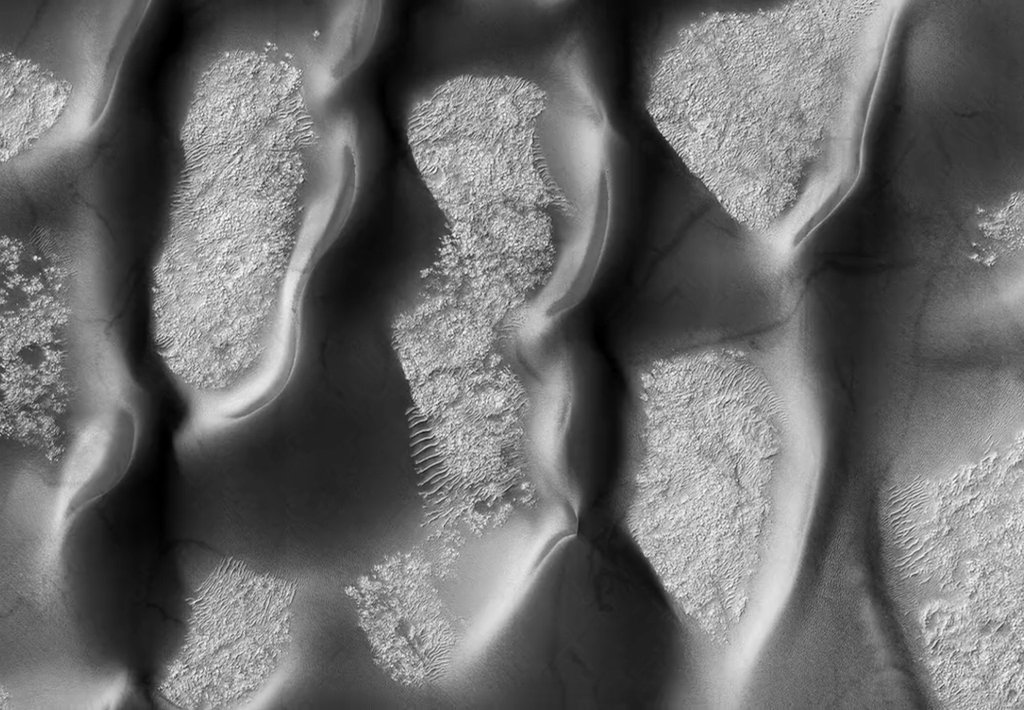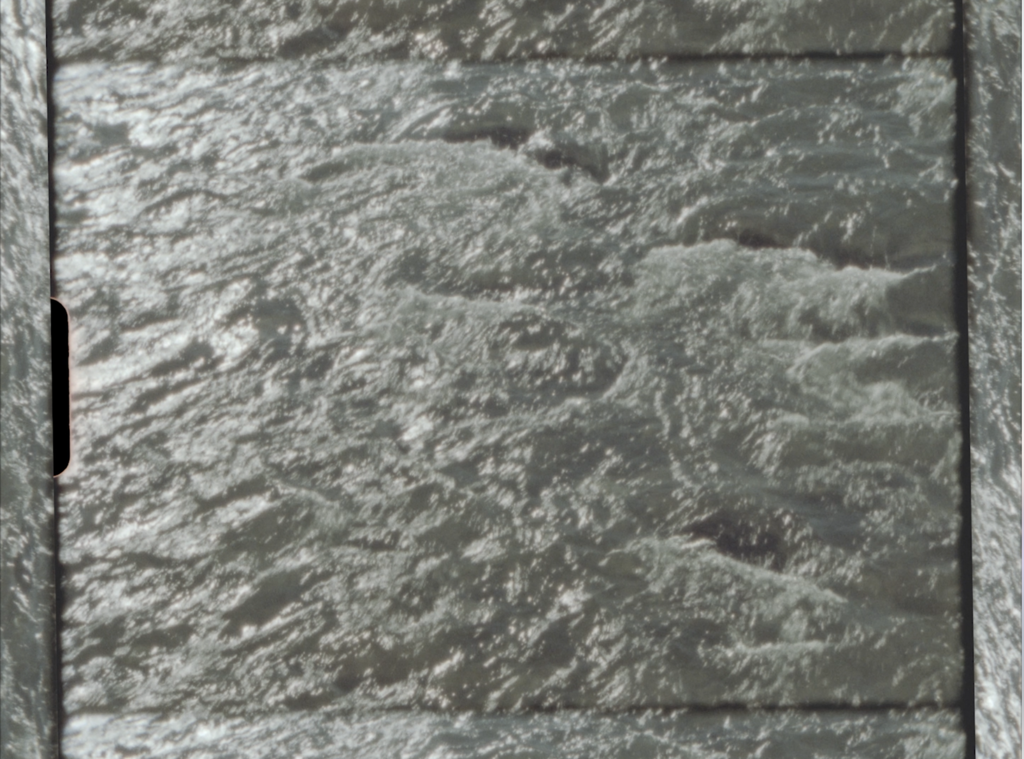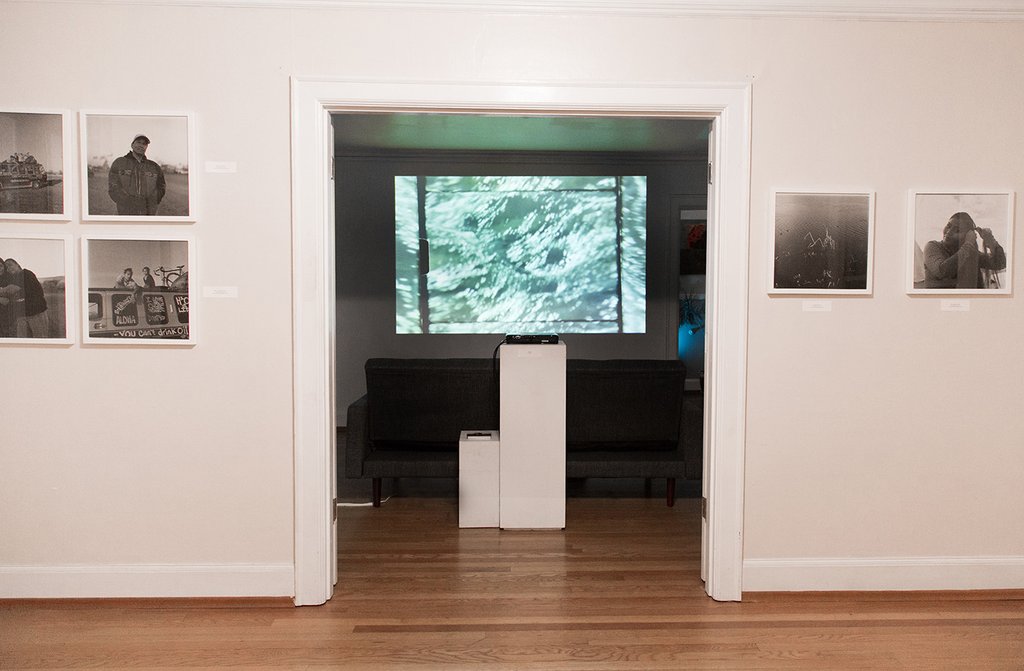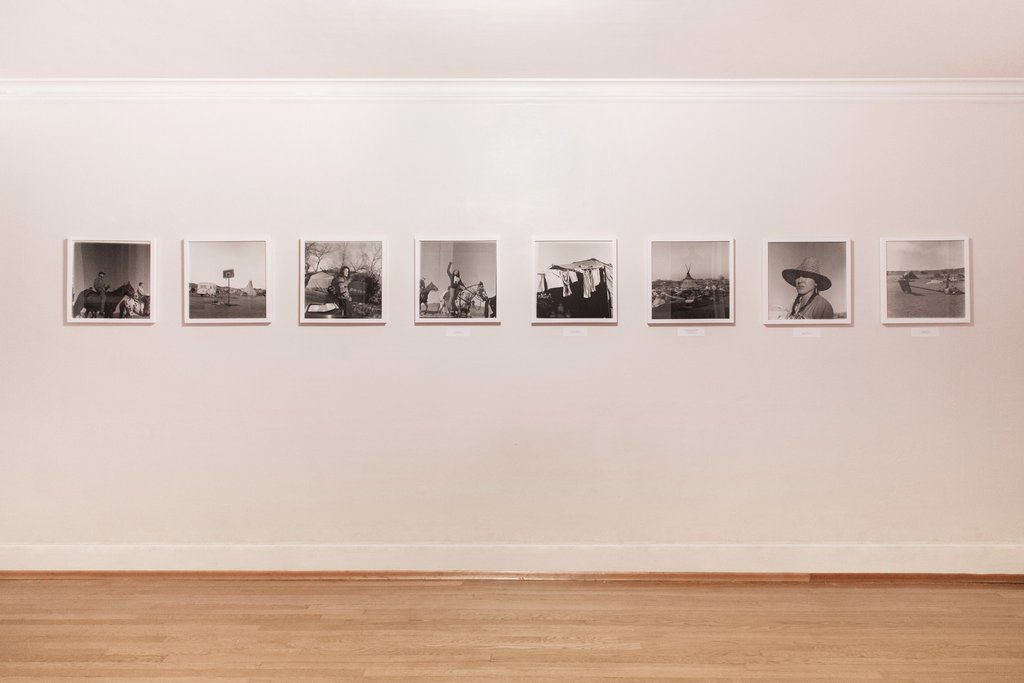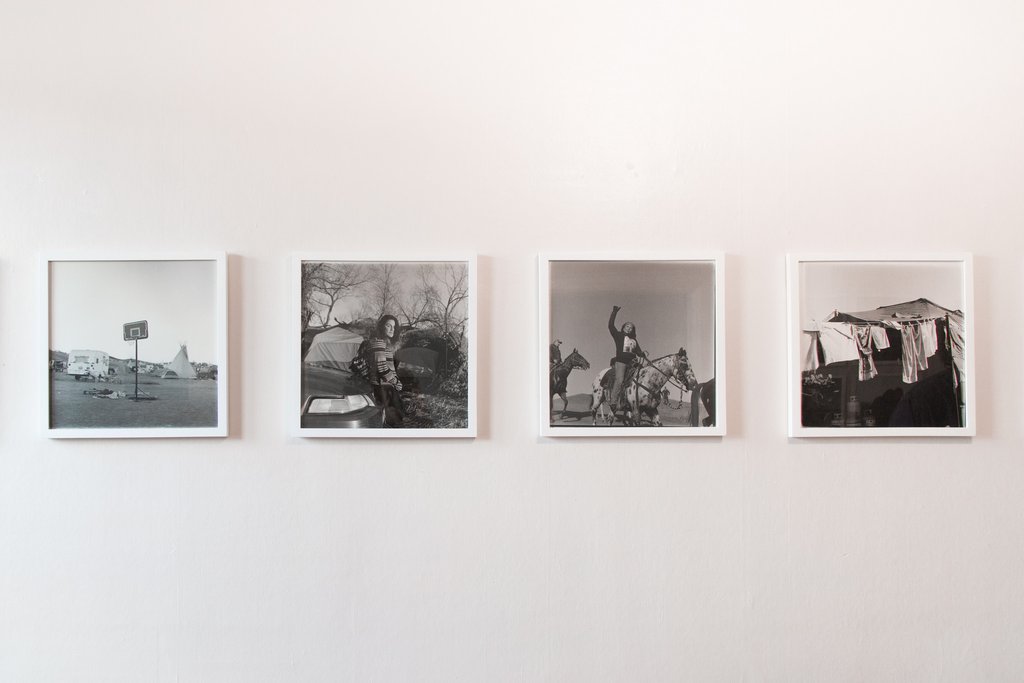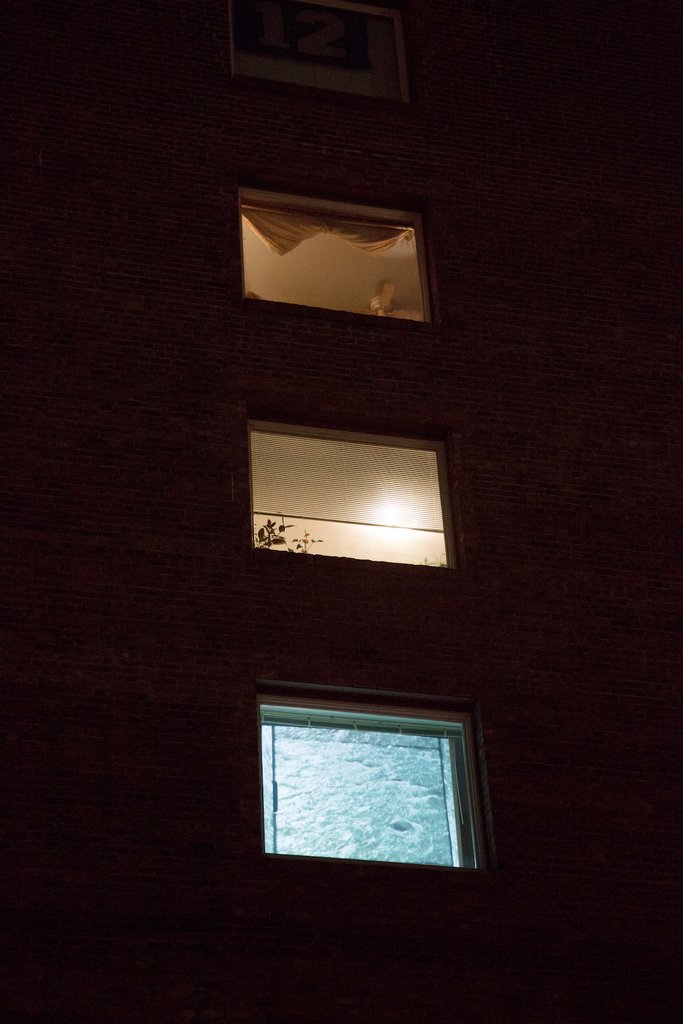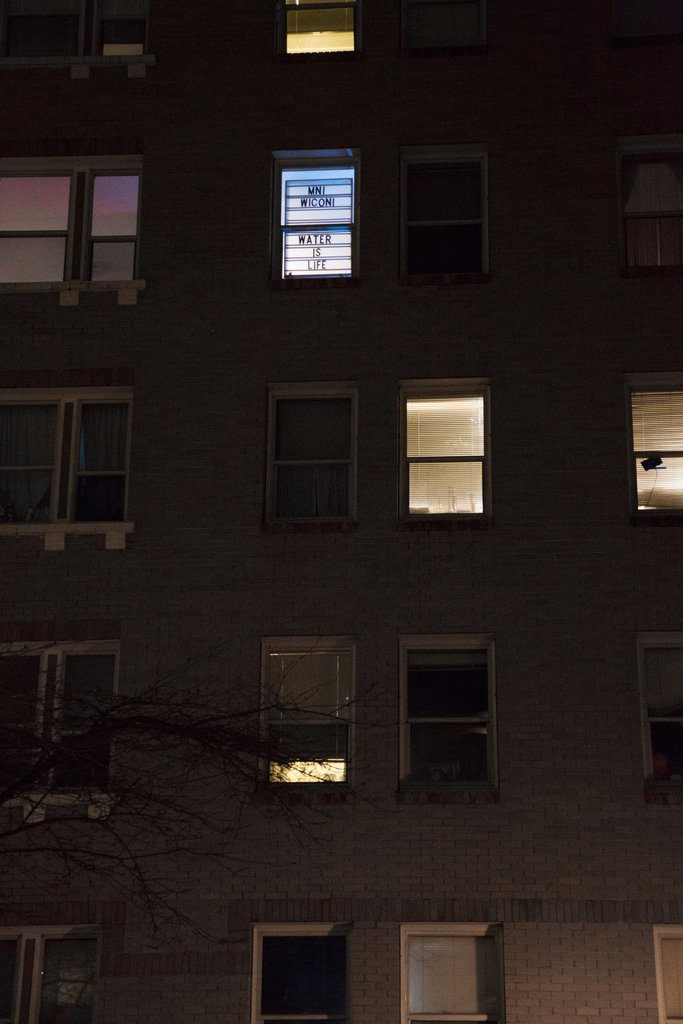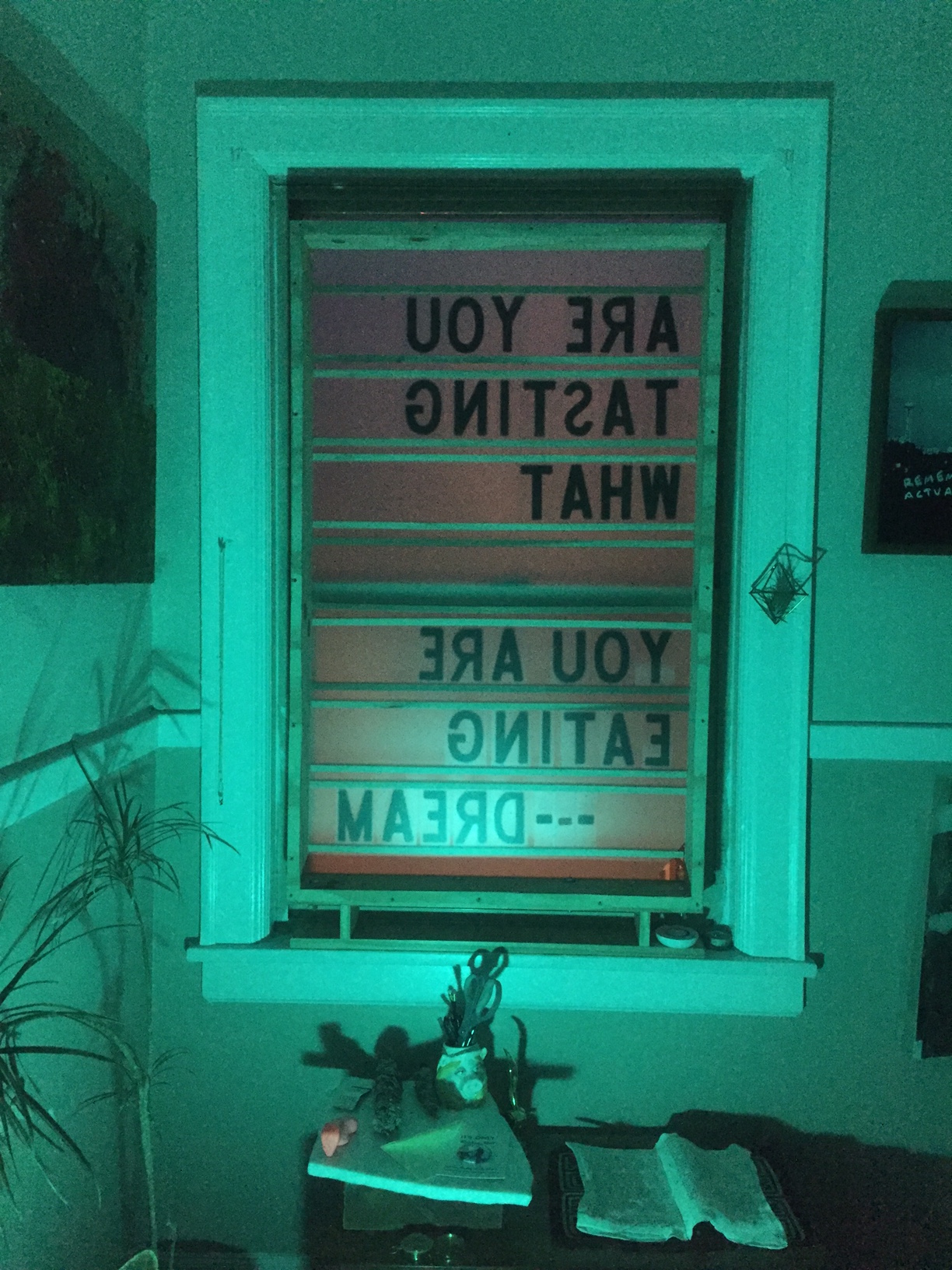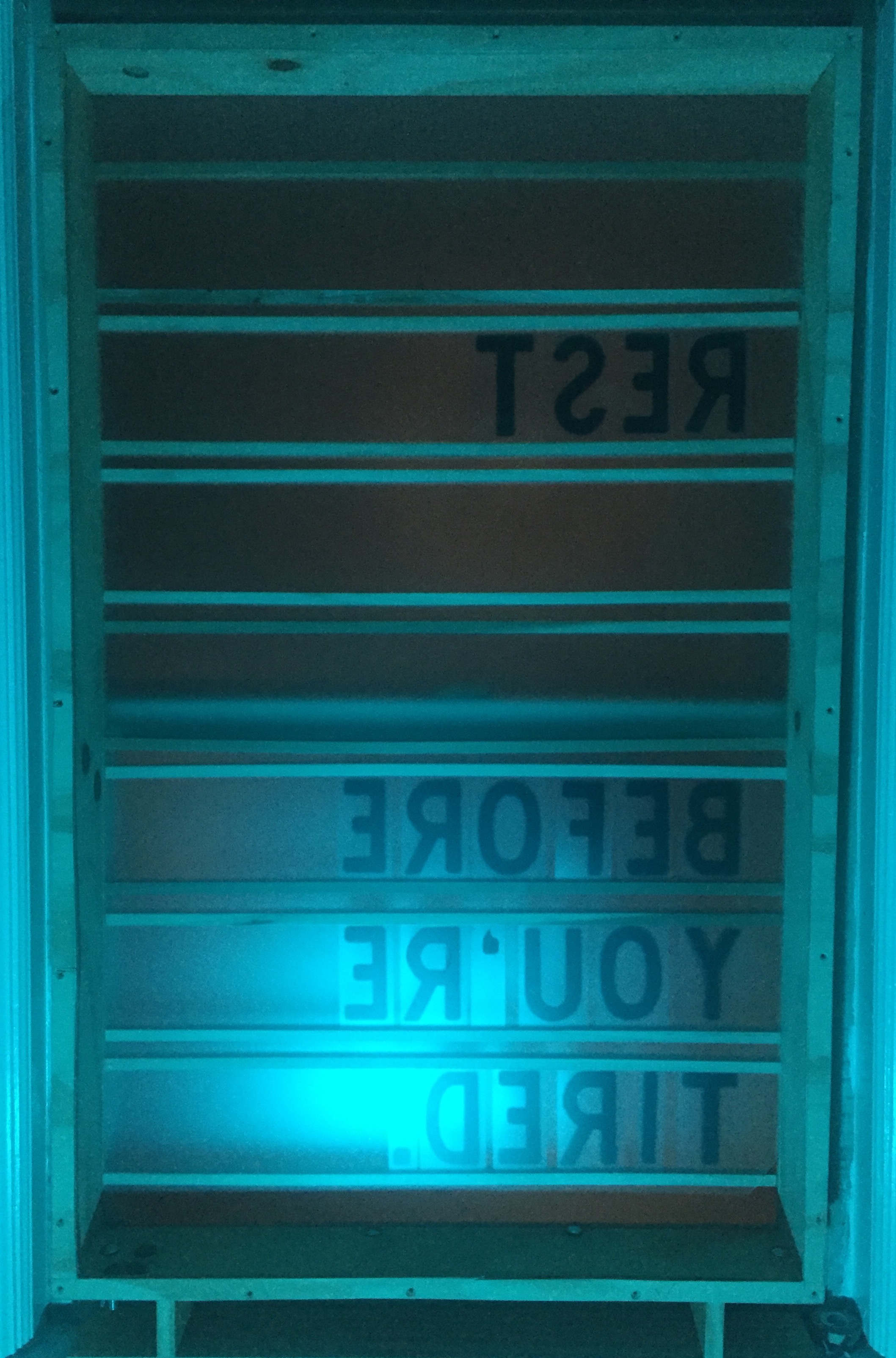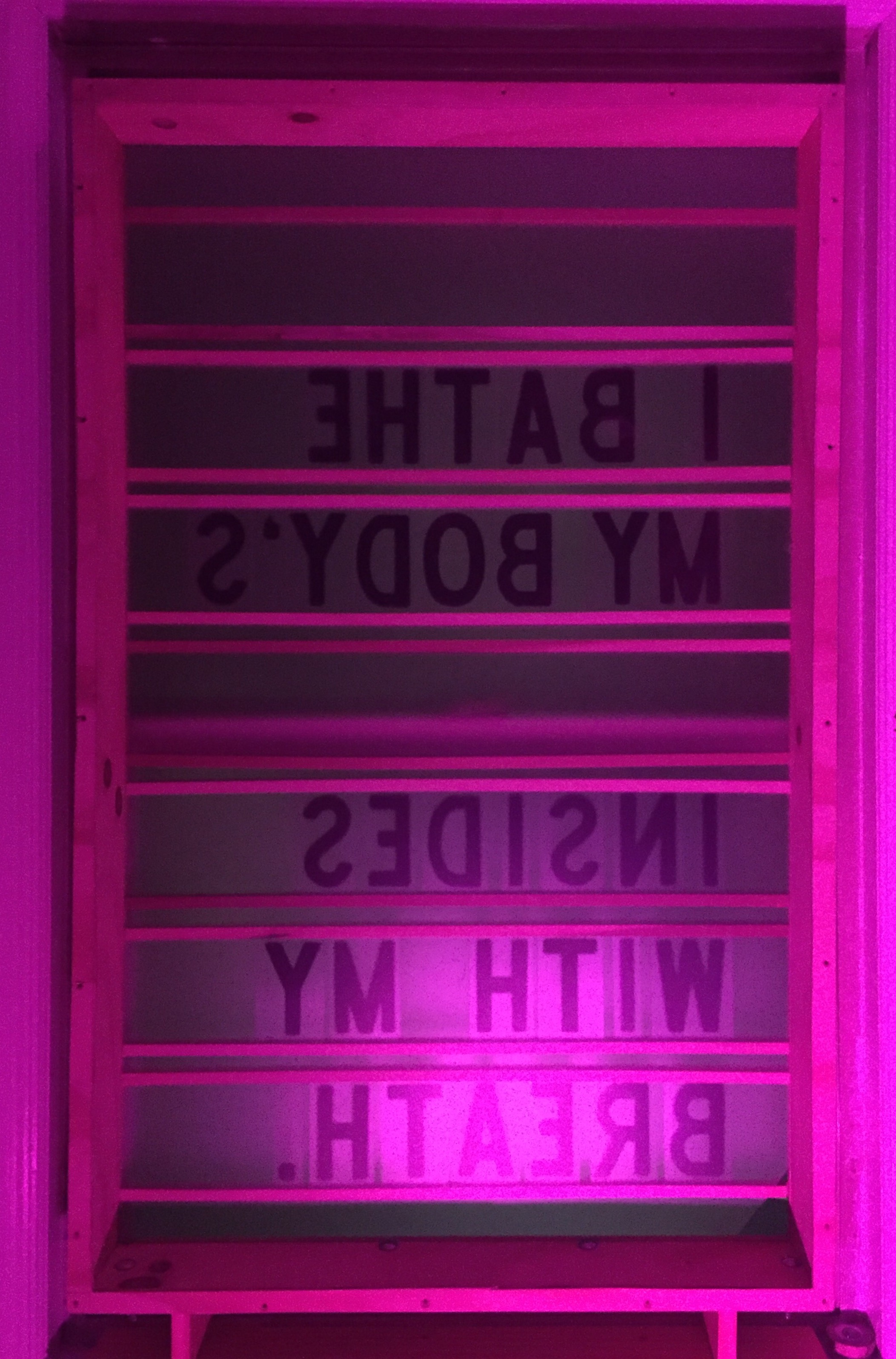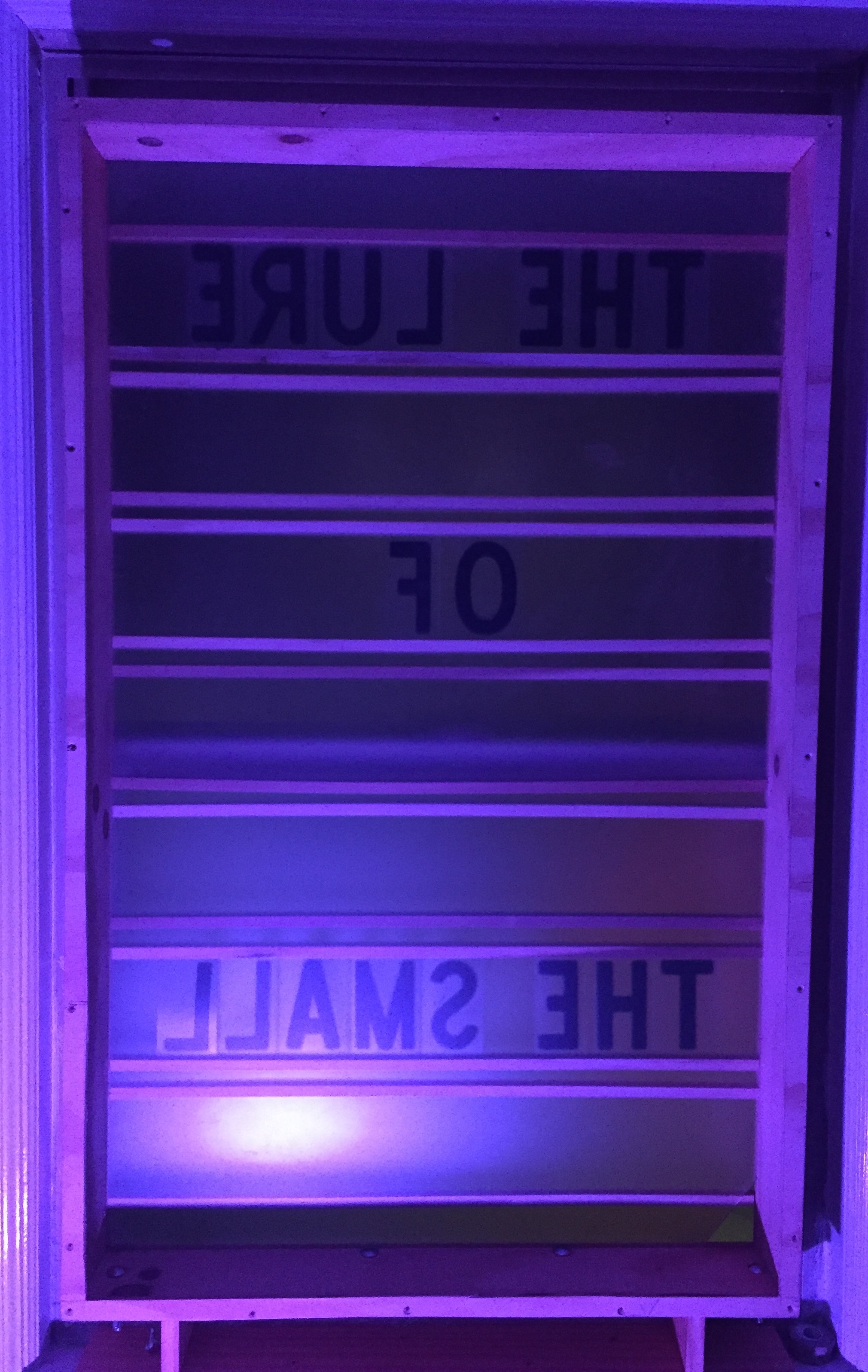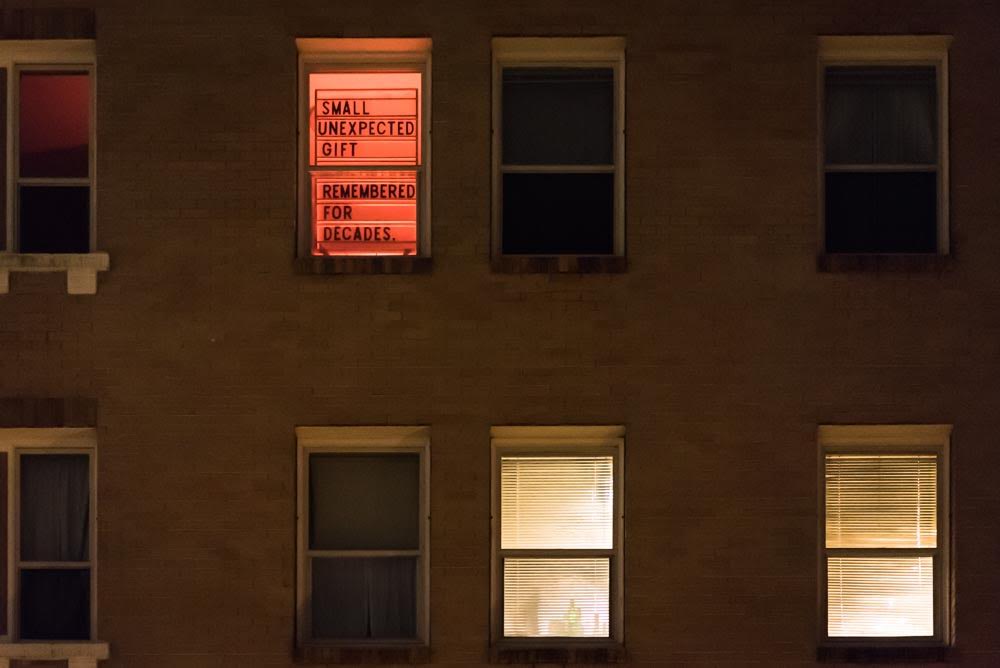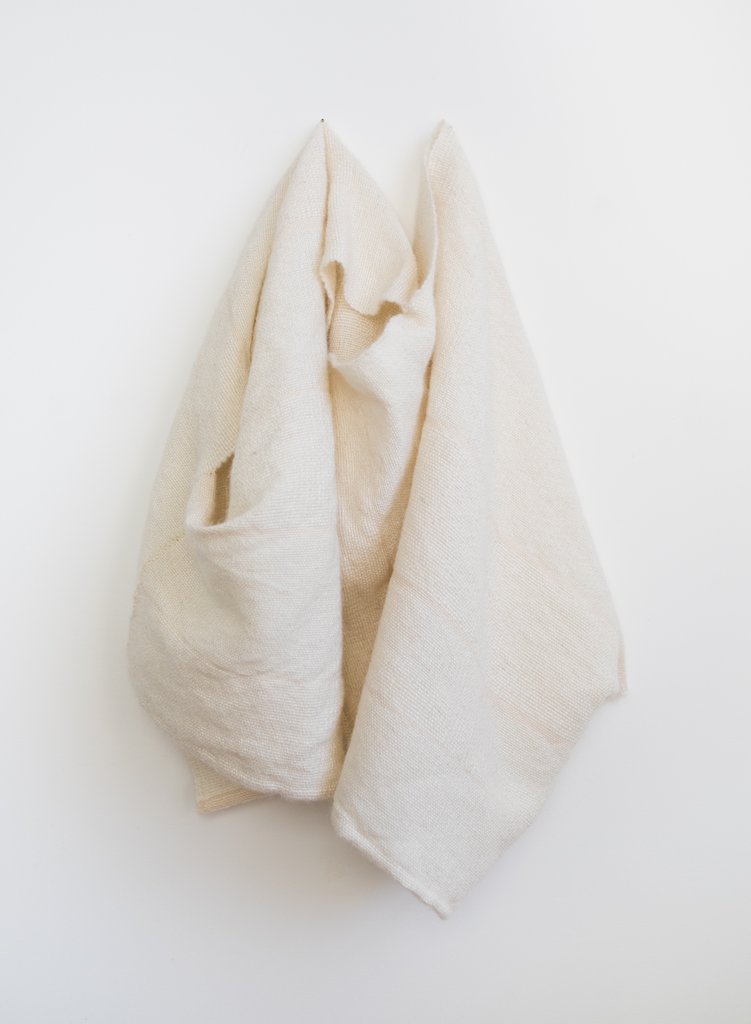Tessa Bolsover
February 25, 2017
Viewable from outside 1605 E. Madison Street
Look South
In times of grief I turn to the idea of the body as a collection of materials. Our bodies exist for only a brief moment: a coincidence of molecules, soon to disseminate into countless other forms.
(I dropped a stone into a lake and for a moment, where the two surfaces met, a sound existed—)
Composed of found footage, text, and personal videos, soon our bodies will be other buildings is a meditation on the transient nature of matter and the constant cycles of molecular and contextual re-formation.
Drawing from the musical technique of phasing — similar to choral rounds — two video sequences loop at different tempos, so that the relationship between frames are realigned with each repetition. Over time, the piece is split open and reconfigured so that we can see it in its various possible forms.
Image Info: soon our bodies will be other buildings (found footage still), video, 2017
www.tessabolsover.com
